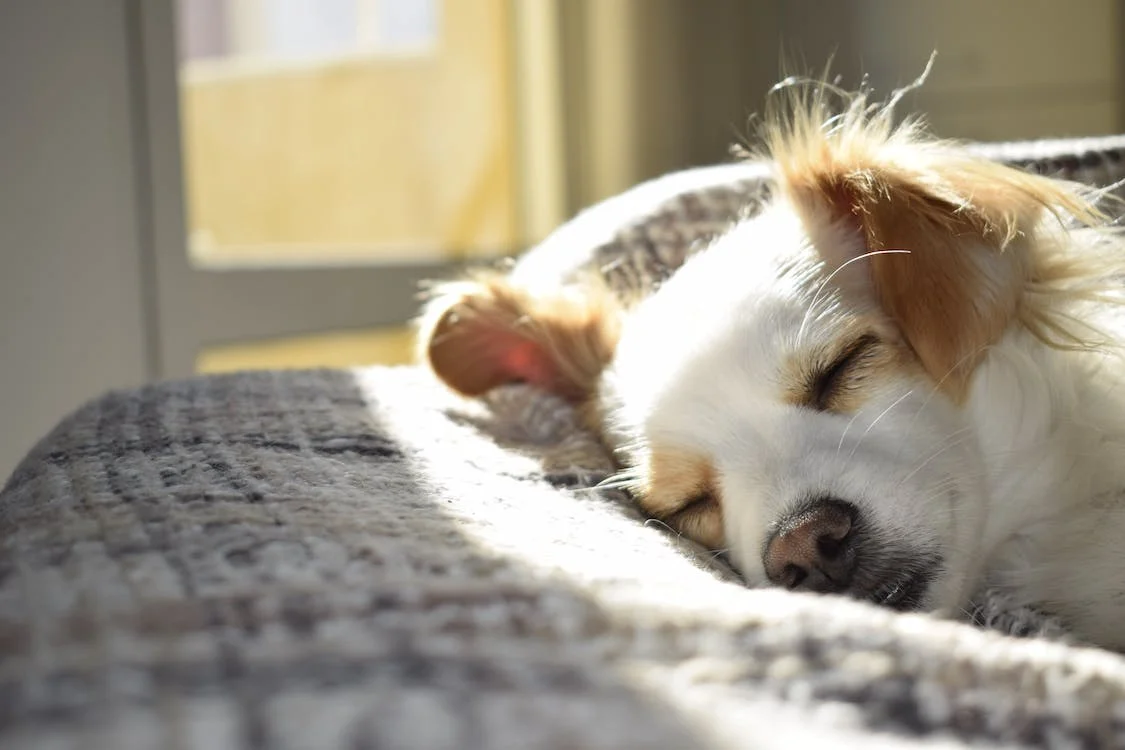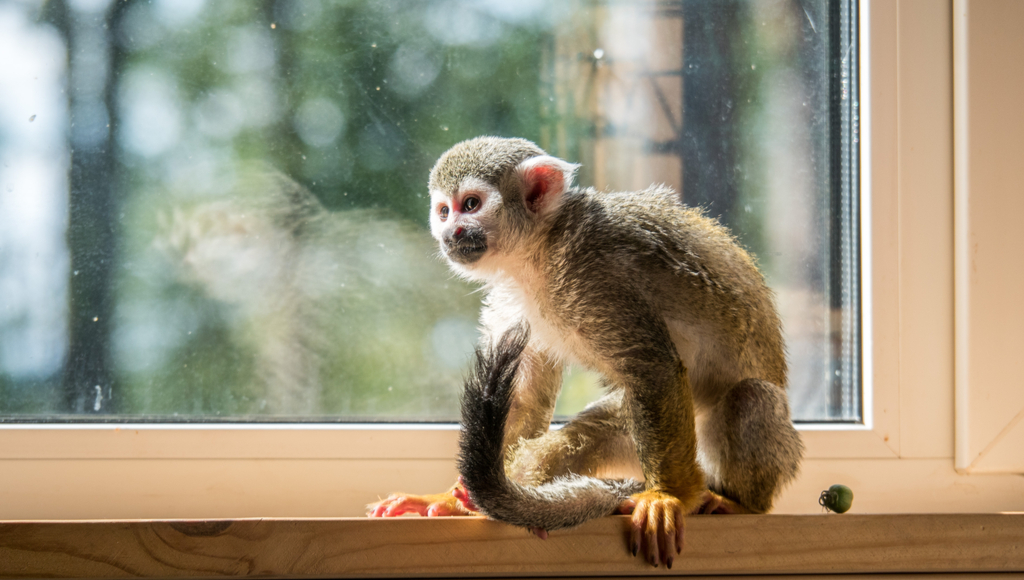Dog owners often wonder if dogs dream like humans do. Science indicates that just like us, dogs do experience dreaming during sleep, but their dreams are likely quite different from ours. Learning about REM sleep patterns, brain activity and behaviors surrounding dreaming can give us insight into dogs’ inner dream worlds.
Do Dogs Experience REM Sleep?
REM (rapid eye movement) sleep is the sleep stage associated with vivid dreaming and hallucinatory images in humans. During REM our brains are highly active, our heart rates increase, and our eyes move rapidly beneath closed lids as if watching images unfold. Do dogs experience this same REM phenomenon?
Research shows that dogs do enter REM sleep just like people. EEG recordings of their brainwaves shows patterns similar to humans during REM sleep. Their breathing becomes irregular, their heart rates rise, and their eyes can be observed moving rapidly under their eyelids as they sleep. These signs indicate that dogs are not just resting, but actively experiencing REM dream states.
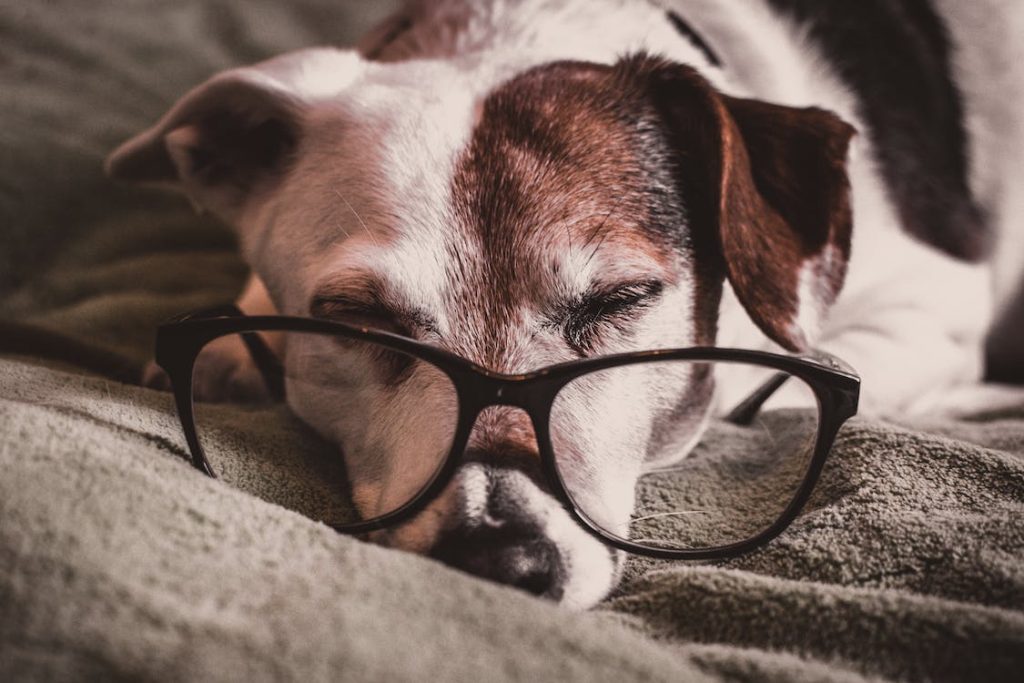
How Much do Dogs Dream?
Studies monitoring sleep cycles have found some interesting facts about just how much time dogs spend dreaming:
- Puppies spend about 25% of their total sleep time in REM vs. 20% for adult dogs.
- Smaller dog breeds experience REM sleep and dream more often than larger breeds.
- Dogs dream more frequently earlier in the night versus the morning hours.
So while the percentage varies, the average dog spends a fair amount of their sleep in REM dream states. Puppies in particular may devote more time to dreaming as their developing brains process all their new experiences.
When Do Dogs Dream?
Dog dreams mainly occur during REM sleep, which is interspersed with other sleep stages throughout the sleep period. Here are some behaviors that indicate your dog may be dreaming:
- Twitching and moving paws, whiskers or ears
- Making quiet whimpering noises or soft barks
- Subtle body jerks or twitching as if responding to stimuli
- Being difficult to waken or unusually groggy upon waking
Puppies may display more overt, vigorous movements reflecting their very active dream states. Adult dogs dream more subtly overall. Dreams generally occur after about 10 minutes of initial deep sleep and increase in frequency towards early morning hours.
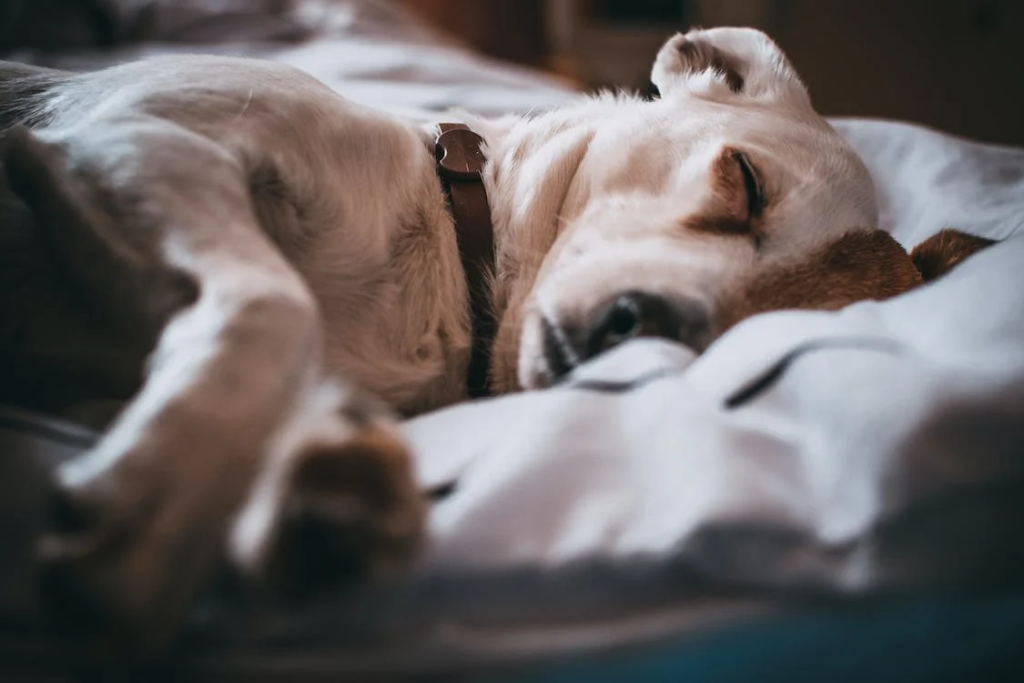
What Do Dogs Dream About?
Of course we cannot know for sure what our dogs are dreaming of, but scientists can make some educated guesses based on brain activity. Here are some theories:
- Everyday experiences and activities
- Processing new events and memories
- Strong emotional experiences related to their owners
- Chasing dream “prey” like squirrels based on prey drive
- Vivid recurring dreams around things like favorite walks or fetch sessions
- Their human families and canine pack mates
Since scent is their primary sense, dogs may experience more smell-based dream elements versus visual ones. Their dreams tap into memory processing and integrating new experiences and learned behaviors.
Why Do Dogs Dream?
Scientists propose that dreaming supports these key functions:
- Memory consolidation – Dreams help store daytime experiences as long-term memories.
- Stimulation for the brain – Dreaming keeps neural pathways active and healthy.
- Emotional regulation – Vivid dreaming allows the brain to work through powerful emotions.
- Instinct rehearsal – Chase dreams allow dogs to practice innate skills and behaviors.
Dreaming likely helps dogs better adapt to their environments by solidifying new memories, working through emotional experiences, keeping brains activated and rehearsing ingrained behaviors.
How to Tell if Your Dog is Having a Nightmare
Some behaviors can indicate when a dog is having an unpleasant dream:
- Whimpering, growling or crying as if fearful or anxious
- Agitated body movements, violently twitching legs as if trying to run or escape
- Heavy panting or trembling as if very stressed
- Becoming clingy, jumpy or extra needy upon waking
Waking a dog up by speaking gently to them or providing reassurance can help relax them after a nightmare. If fearful behavior persists, consult a veterinary behaviorist. Medication or behavioral modification plans may help relieve anxiety causing bad dreams.
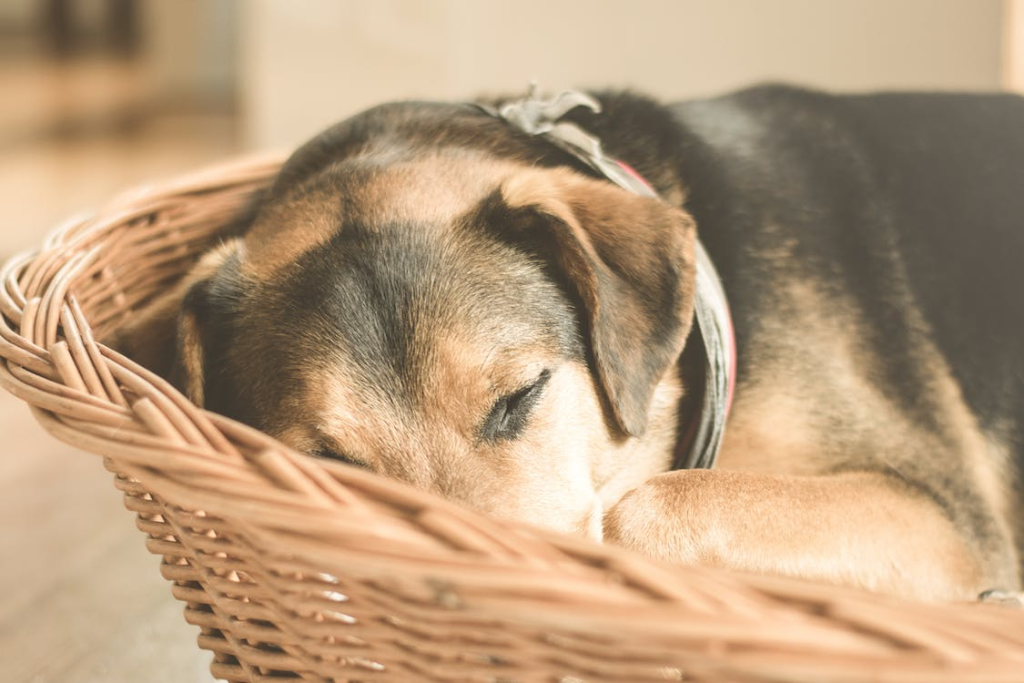
Tips for Better Sleep and Dreaming
Some tips to support healthy REM cycles for deep, vivid dreaming include:
- Ensure your dog gets enough overall daily rest.
- Provide a comfortable, secure sleep area away from noise.
- Maintain a consistent sleep schedule and bedtime routine.
- Make sure your dog’s needs for exercise and enrichment are met during the day.
- Consult your vet if chronic issues like pain disrupt sleep. Consider anti-anxiety medications if intense fears impact sleep.
Ensuring your dog feels relaxed and content both day and night will support healthy REM dreaming patterns. Pay attention to behaviors and intervene gently if you suspect nightmares.
Conclusion
The verdict is in – scientific evidence confirms that dogs do dream just like humans. While we can only speculate about the actual content of dogs’ dreams, measurements of brain activity and associated behaviors strongly indicate our canine companions experience their own dream worlds. Paying attention to signs of dreaming in your dog can provide fascinating hints about how they process their days and integrate their experiences.
Frequently Asked Questions About Dog Dreams
Here are answers to some common questions about dog dreams:
Should I wake my dog up if they seem to be having a bad dream?
Gently waking them up is fine if they seem very agitated by a nightmare. Speaking reassuringly and petting them to provide comfort can help them settle back down to more restful sleep.
Why do puppies dream more than adult dogs?
Puppies need to process huge amounts of novel information as they develop, which happens during REM dreaming. Their brains are rapidly maturing and forming new connections based on experiences.
Can dogs have recurring dreams?
Yes, just like people, dogs can have repetitive dreams about favorite activities or experiences that their brain continues rehearsing while asleep. These can be positive dreams about things like walks, playing fetch or treats.
Is twitching during sleep always from dreaming?
Not necessarily. Some twitching or leg movements could also reflect minor muscle spasms, seizures or disorders affecting motor control. Check with your vet if concerned.
How can I make sure my senior dog is sleeping soundly?
Regular vet checkups to address pain, appropriate exercise and enrichment, and providing orthopedic beds and warm blankets can help senior dogs sleep deeply without restless dreaming.
